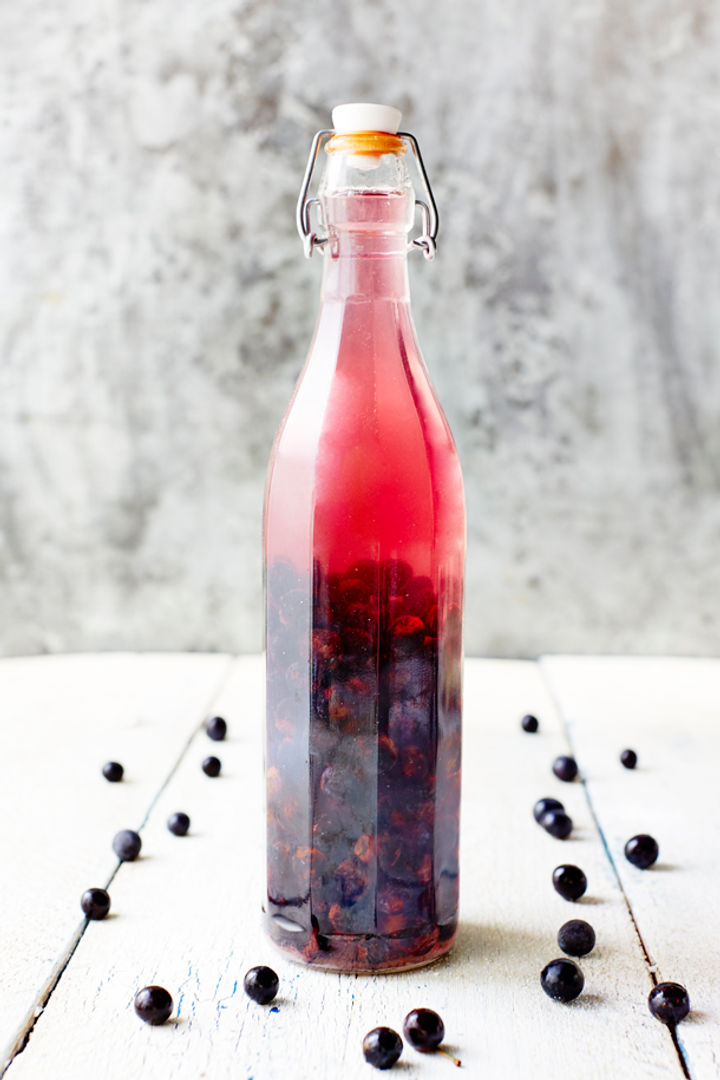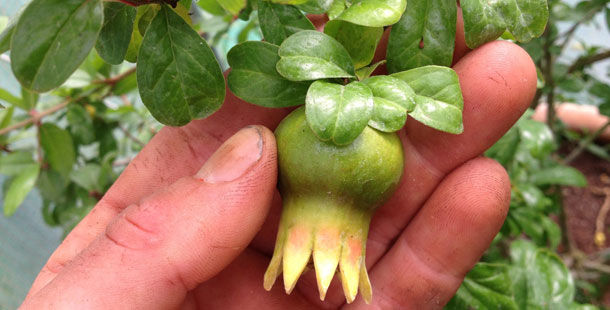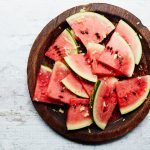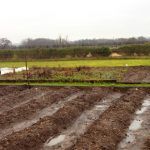Success with a new plant is always pleasing, doubly so if that plant is edible. So, it is with great pride that I can announce that the small pomegranate tree, which lives in a big pot in the polytunnel, has set its first fruit. That’s only fruit in the singular, by the way, but it’s still cause for celebration, because getting pomegranates to fruit well in the UK is pretty marginal, even with a heated greenhouse.
The tree thrives in semi-arid regions with long hot summers and cool, rather than very cold, winters, though it is more cold hardy than citrus. It is thought to have originated in Iran but has long been naturalised round the Mediterranean basin and as far east as China. It pops up commonly in ancient near-eastern texts, including the Old Testament. When kept somewhere cool and dark, the fruit remains juicy for six months or so, which means that historically they have always been valued in hot climates and on long journeys. This longevity, coupled with the sheer number of seeds they contain (sometimes in excess of a thousand) makes them ripe for symbolic use and probably explains their association with various fertility cults in the ancient world.
A tree laden with fruit is quite an arresting sight. It’s not a large tree – often only around 3m in height – and whilst it does have attractive bark and foliage, its wild habit is quite scrubby, in a hawthorn kind of way, so to see one festooned with huge, gaudy red baubles seems a little improbable.
In truth, excited though I am, my baby has almost no chance of ripening, as fertilization to full ripeness takes between five and seven months and, despite this lovely late summer weather we’re having, it won’t stay warm long enough. Never mind, it was good to witness even the start of the process.
I thought a fruit had set last year but it fell off soon after fertilization, something that is common apparently in young trees, the result perhaps of over-watering or indeed over-fertilization. This specimen is five years old now, about the age when it should begin to bear fruit.

Even without successful fruiting, the plant is worth growing for the beautiful flowers alone, which are crimson, long-lasting and rather unusual-looking. The petals, delicate and crinkled like tissue paper, protrude from a waxy calyx that ultimately becomes the unmistakeable crown-shaped navel of the fruit. We get the English name pomegranate from shoehorning two Latin words together, one meaning fruit, the other seeds, which seems a fair enough description. The seeds, each one surrounded by edible pulp, glow like little jewels (try putting them in a bulgar salad) and yield sweet-sour juice. Sadly, I can’t see me rendering my crop down to make pomegranate molasses any time soon. The rest – the bitter white membrane that encloses the seeds and the leathery rind – is inedible.
I’m certainly no expert but it seems that you could grow one against a sunny sheltered wall in a mild area with some winter protection. Otherwise a large container in a conservatory or unheated greenhouse would work, though in the latter I would swaddle the tree with fleece for the winter months. I dare say there are readers out there living in a more favourable climate who can boast more impressive specimens than the one here.
You can find some of Jamie’s gorgeous pomegranate recipes right here.























